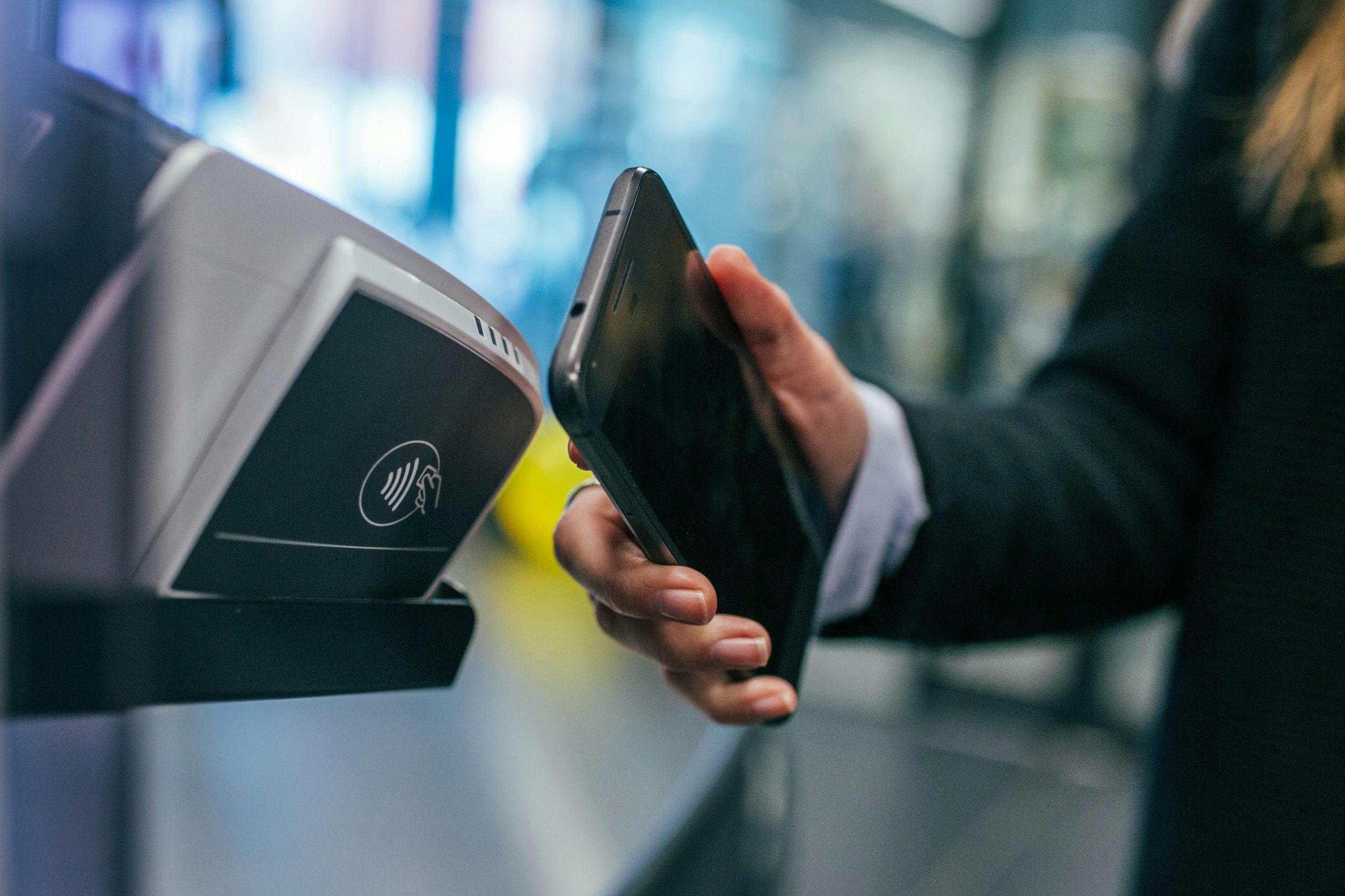In an increasingly globalized world, the ability to manage your finances from anywhere is not just a luxury; it’s a necessity. Picture this: you’ve just landed in a bustling foreign city, the sights and sounds a thrilling contrast to your daily routine back home. But as you settle into your new surroundings, an urgent thought crosses your mind—how will you pay bills or transfer money while you’re away? If you’re one of the millions banking with HDFC, you might be wondering whether you can seamlessly access your NetBanking account from abroad.
Navigating international banking can seem daunting, especially when it comes to understanding whether your financial tools are accessible on foreign soil. Fortunately, with HDFC Bank’s robust online services, managing your accounts across borders may be easier than you think. In this article, we’ll explore the steps to access HDFC NetBanking overseas and highlight some crucial tips to ensure that your banking experience remains smooth and secure no matter where life takes you.
What is HDFC NetBanking?
HDFC NetBanking is a robust online banking platform that empowers customers to manage their finances with unparalleled convenience. The interface is designed for both tech-savvy users and those new to digital banking, offering a seamless experience with features such as fund transfers, bill payments, and investment management—all at the click of a button. Beyond basic banking functions, HDFC NetBanking provides rich analytics tools to help users monitor their spending patterns and savings progress, making it easier than ever to reach financial goals.
One particularly appealing aspect of HDFC NetBanking is its heightened focus on security. With multi-layered authentication systems like OTPs (One-Time Passwords) and biometric logins, customers can confidently perform transactions without the constant fear of fraud. Additionally, the mobile-responsive design ensures that whether you’re at home or thousands of miles away abroad, access to your account remains intuitive and secure.
For expatriates or those frequently traveling overseas, having reliable access to HDFC NetBanking means staying connected with your finances—whether paying local bills back in India or managing investments from afar. This level of accessibility not only enhances user experience but also cultivates financial freedom—allowing individuals to keep their accounts under watchful eyes regardless of geography.

Eligibility for International Access
To access HDFC NetBanking from abroad, users must meet specific eligibility criteria that ensure both security and convenience. Primarily, your account should be fully operational and registered for online banking services. This often involves completing the one-time registration process, which requires an Indian mobile number linked to your bank account for OTP (One-Time Password) verification. Without this crucial link, you may face challenges when attempting to log in while overseas.
Moreover, it’s essential to maintain good standing with your bank by keeping your account active. Any inactivity can lead to restrictions or even suspension of online services. Additionally, customers should consider setting up multi-factor authentication measures before traveling—this not only enhances security but also facilitates smoother access while navigating foreign networks. With a bit of preparation and foresight, managing finances across borders can become a seamless experience rather than a daunting task.
Steps to Access NetBanking from Abroad
Accessing HDFC NetBanking from abroad is a straightforward process if you take the necessary steps to ensure a seamless experience. First, confirm that your internet connection is secure, especially when using public Wi-Fi networks; consider using a reliable Virtual Private Network (VPN) for an extra layer of security. Log in to your HDFC account by visiting the official website or using the mobile app, which are both designed to provide user-friendly interfaces regardless of your location.
Before starting, make sure you’ve activated international usage on your debit or credit cards if you plan to transact during your overseas stay. It’s also essential to have two-factor authentication set up and readily accessible—this means having access to either an OTP on your registered mobile number or via an authenticator app. If you encounter issues while logging in, customer support can assist you through various communication channels such as email or chat, which can often be reached without geographical restrictions. Overall, understanding these nuances prepares you for dependable banking operations no matter where life takes you.

Security Measures for Safe Banking
When accessing HDFC NetBanking from abroad, prioritizing security measures is essential for safeguarding your financial information. One of the most effective ways to enhance your online security is by enabling two-factor authentication (2FA). This added layer of protection requires you to verify your identity through a second method—like an OTP sent to your registered mobile number—before you can access your account. By utilizing 2FA, you’re not only protecting yourself from unauthorized access but also creating a unique barrier that hackers find increasingly difficult to breach.
In addition to 2FA, regularly monitoring transaction alerts can significantly bolster your safety while banking online. Set up instant notifications for any unusual activity or transactions that fall outside of your everyday patterns. This proactive approach allows you to respond swiftly if anything seems amiss and can prevent larger issues down the line. Furthermore, it’s advisable to use secure and private networks when logging into banking services overseas; public Wi-Fi often poses significant risks due to potential vulnerabilities in data transmission. By adopting these practices, you retain control over your information while enjoying seamless access to HDFC NetBanking globally.
Benefits of Using NetBanking Internationally
Using NetBanking internationally offers a multitude of benefits that can transform your financial management, especially for expatriates and travelers. One of the standout advantages is the convenience it provides. With just a reliable internet connection, users can execute transactions at any time and from anywhere in the world, eliminating the need to visit a physical bank branch or contend with time zone differences. This ease of access empowers individuals to monitor their finances in real-time, ensuring they are always in control of their assets.
Additionally, HDFC NetBanking includes features designed specifically for global banking needs. Services such as currency conversion rates displayed instantly during transactions and low international transaction fees make it financially savvy for those dealing with different currencies. Furthermore, enhanced security protocols are put in place to safeguard against fraud while transacting across borders—a critical factor as cyber threats grow more sophisticated. Overall, embracing NetBanking not only streamlines banking experiences but also enriches financial literacy by providing insights into global market trends directly within one’s account interface.

Alternatives to NetBanking for Overseas Users
For overseas users seeking alternatives to HDFC NetBanking, mobile banking apps have emerged as a robust solution. Many banks now offer user-friendly applications that streamline international transactions and financial management from the comfort of your smartphone. These apps allow you to conduct a range of activities—from checking balances to initiating fund transfers—without the need for cumbersome web access, often with added layers of security that provide peace of mind while transacting abroad.
Another viable option is utilizing international wire transfer services like PayPal or TransferWise, which can facilitate cross-border payments with competitive rates and minimal hassle. These platforms not only enable quick transactions but also allow you to manage multiple currencies easily. Moreover, prepaid forex cards can serve as an excellent alternative for those who frequently travel; they provide instant access to funds in different currencies while enabling better budgeting and tracking expenses without relying solely on traditional bank systems.
Lastly, engaging local banks in your destination country might prove beneficial for managing your finances effectively while living or traveling abroad. Local institutions often have tailored services designed for expatriates, including multi-currency accounts and direct links with home banks like HDFC that may ease the transfer process. Exploring these options grants flexibility and ensures you remain connected financially without depending solely on net banking facilities from home-based institutions.
Conclusion: Seamless Banking Experience Worldwide
In an increasingly interconnected world, the concept of seamless banking transcends geographical boundaries. HDFC NetBanking exemplifies this evolution by allowing users to manage their finances effortlessly while traveling or living abroad. This capability not only simplifies day-to-day transactions, but it also empowers expatriates and travelers with real-time access to their accounts, making international financial management significantly less daunting.
Moreover, as technology continues to advance, banks are integrating innovative solutions like AI-driven customer service and robust cybersecurity measures that prioritize user safety. This isn’t just about convenience; it’s about creating a trustworthy digital ecosystem that enhances global connectivity in banking practices. By enabling users to navigate financial landscapes from anywhere on the globe, services like HDFC NetBanking reflect a broader trend toward a truly borderless banking experience—one where distance is no longer a barrier to efficient financial management. As such advancements become commonplace, we can look forward to a future where our personal and professional finances seamlessly adapt to our global lifestyles.






